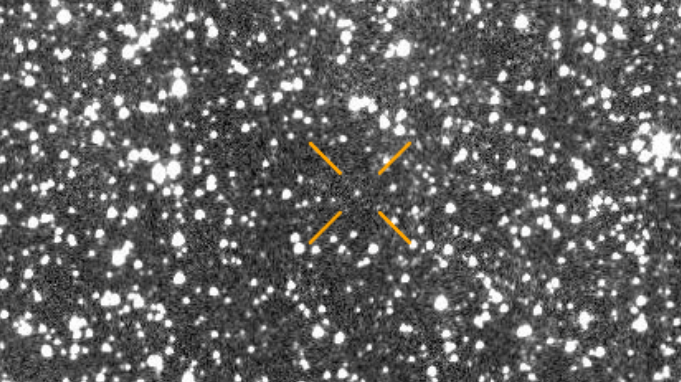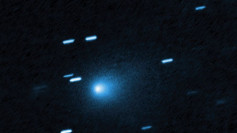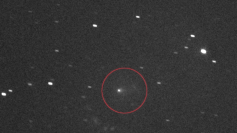A newly observed interstellar object passing through the solar system is drawing heightened scrutiny from astronomers following unusual changes in brightness and unexplained acceleration recorded near its closest approach to the Sun. The object, known as 3I/ATLAS, is only the third confirmed visitor from beyond the solar system and has exhibited characteristics that researchers say diverge significantly from known comet behavior.
The comet reached perihelion on October 29, 2025, at a distance of roughly 206 million kilometers from the Sun. During that period, astronomers documented a rapid brightening-approximately fivefold-as well as non-gravitational acceleration, suggesting that a force other than gravity was acting upon the object. Harvard astrophysicist Avi Loeb said "something strange" appears to be occurring, noting that the motion includes acceleration directly away from the Sun as well as lateral movement.
In typical comets, such acceleration is caused by jets of sublimating gas pushing the object in the opposite direction. However, calculations indicate that if 3I/ATLAS were propelled through standard cometary outgassing, it would have needed to lose roughly 13% of its mass in a short time. Such a loss would normally produce a visible and extensive gas cloud. To date, no such cloud has been detected.
Researchers tracking the object have highlighted several additional anomalies, including its unusually blue color, rapid brightening curve, and a composition measured to contain gases rich in nickel while showing only minimal iron and water-far from the ice-dominant makeup typical of most comets. Early chemical assessments suggest its water content may be near 4%.
The object's trajectory has also attracted attention. Loeb notes that based on models of random orbit distribution, the probability of 3I/ATLAS following its precise current course is extremely low-estimated at 0.005%. The path carried it past Mars, Venus, and Jupiter while remaining unobservable from Earth for a large portion of its incoming approach due to its position behind the Sun. Loeb has suggested this could represent a "deliberate blind spot." The alignment of its approach direction within nine degrees of the 1977 "Wow!" radio signal has further fueled speculation, which Loeb states has a roughly 0.6% chance of occurring by coincidence.
These combined characteristics have led Loeb to propose that 3I/ATLAS "may be an artificial alien probe." Mainstream researchers continue to classify the object as an interstellar comet pending further observational evidence. But Loeb argues that the convergence of unusual data points "warrant serious investigation" into more than natural explanations.
The next major observational milestone is expected in December. At that time, the James Webb Space Telescope will conduct targeted imaging to determine whether any large-scale gas cloud surrounds the object. If Webb detects such a cloud, the object would likely be categorized as an extreme but natural comet. If no cloud is detected, Loeb has said "the mystery deepens."
Loeb has also described the object as "a messenger from deep space that challenges everything we know about the universe."





